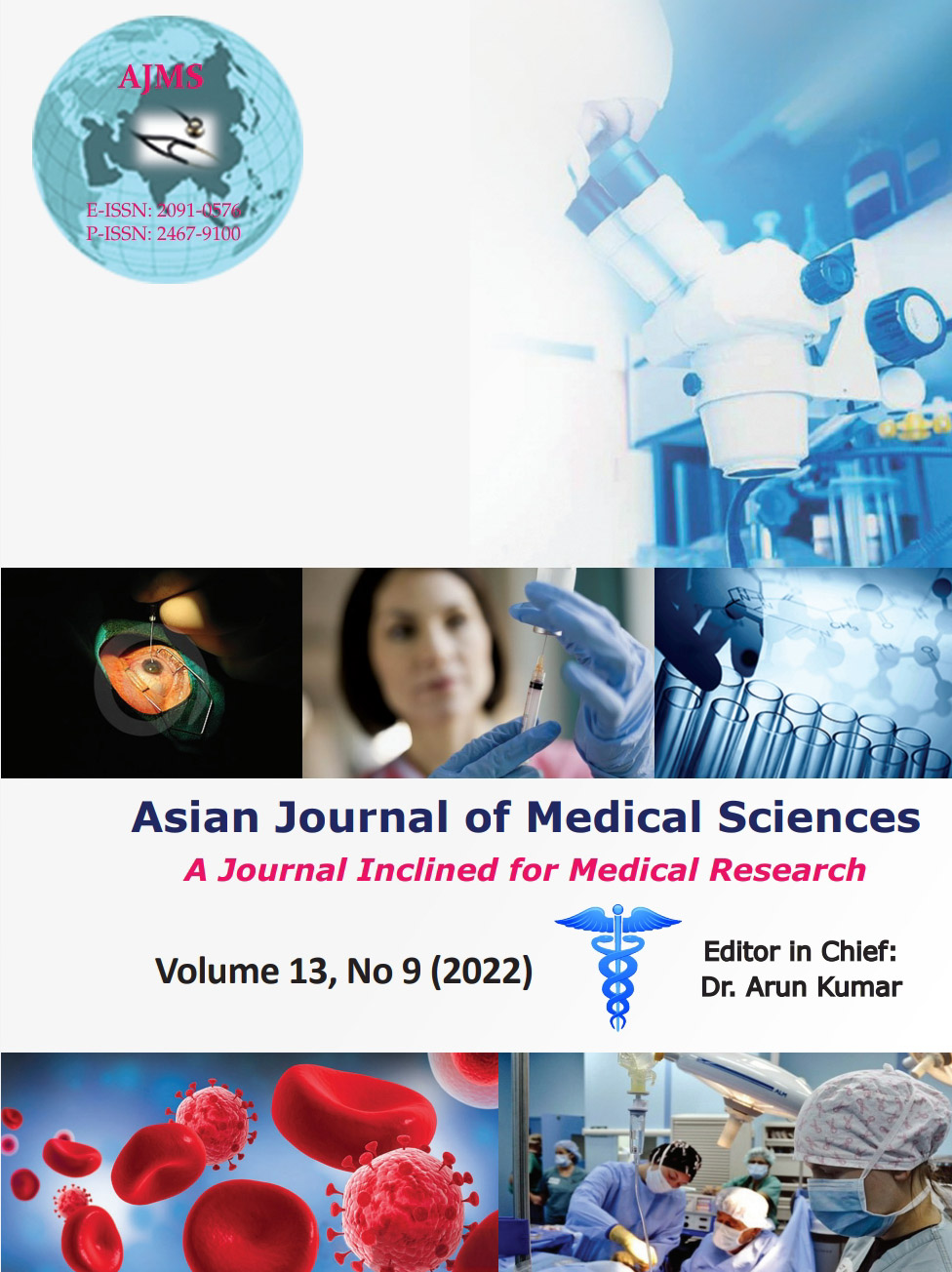A comparative study of conjunctivitis in COVID-19 patients between the first and second wave of COVID-19 at a tertiary care center
Keywords:
Coronavirus disease 2019; Conjunctivitis; Disease severity; Congestion; Type of discharge; Fluorescein staining and oxygen supportAbstract
Background: SARS CoV-2 has become a household name since early 2019 and till very recently has shown many mutations, some of which were predictable in behavior whereas some have been quite bizarre. With all these surreal mutants of the virus, the basic signs and symptoms of the infection also were diversified. A few studies compared the conjunctivitis features of the first and second wave of coronavirus disease 2019 (COVID-19) outbreak.
Aims and Objectives: The purpose of this study was to compare the evidence of conjunctivitis between the first and second wave of COVID-19 patients.
Materials and Methods: In this retrospective and observational research, clinical and laboratory characteristics of the patients with COVID-19 admitted to a tertiary care hospital in Western Maharashtra. We evaluated the patients including detailed history taken from the medical records and ocular evaluation was carried out by a trained ophthalmologist who was posted in the COVID-19 ward at that time. The patient’s symptoms were compared with the severity of COVID-19 disease classified as mild, moderate, and based on oxygen support given to the patient.
Results: A total of 150 patients were evaluated in this study, of which 50 patients were from the first wave and 100 were from second wave of COVID-19. Among the total patients, about (80%) of patients with mild severity of COVID-19 disease were from in first wave v/s (61%) patients with mild severity of disease were from the second wave. Furthermore, it was observed that disease severity with moderate patients from the first wave was around (20%) v/s (39%) in the second wave. Among the total patients’ data, 66% of patients infected with conjunctivitis were in the first wave of COVID-19 and approximately 56% of patients infected with conjunctivitis were found in the second wave, respectively. About 18% of patients from the first wave and 39% of patients from the second wave with moderate severity required oxygen support. The fluorescein staining, as well as congestion, showed no significant difference in the number of patients between both waves.
Conclusion: The present study concludes that both the waves only reported dryness and no clinical signs of conjunctivitis. The present study concludes that increased oxygenation support may act as one of the contributing factor for increased dryness and thereby may lead to various ocular infections.
Downloads
Downloads
Published
How to Cite
Issue
Section
License
Copyright (c) 2022 Asian Journal of Medical Sciences

This work is licensed under a Creative Commons Attribution-NonCommercial 4.0 International License.
Authors who publish with this journal agree to the following terms:
- The journal holds copyright and publishes the work under a Creative Commons CC-BY-NC license that permits use, distribution and reprduction in any medium, provided the original work is properly cited and is not used for commercial purposes. The journal should be recognised as the original publisher of this work.
- Authors are able to enter into separate, additional contractual arrangements for the non-exclusive distribution of the journal's published version of the work (e.g., post it to an institutional repository or publish it in a book), with an acknowledgement of its initial publication in this journal.
- Authors are permitted and encouraged to post their work online (e.g., in institutional repositories or on their website) prior to and during the submission process, as it can lead to productive exchanges, as well as earlier and greater citation of published work (See The Effect of Open Access).




